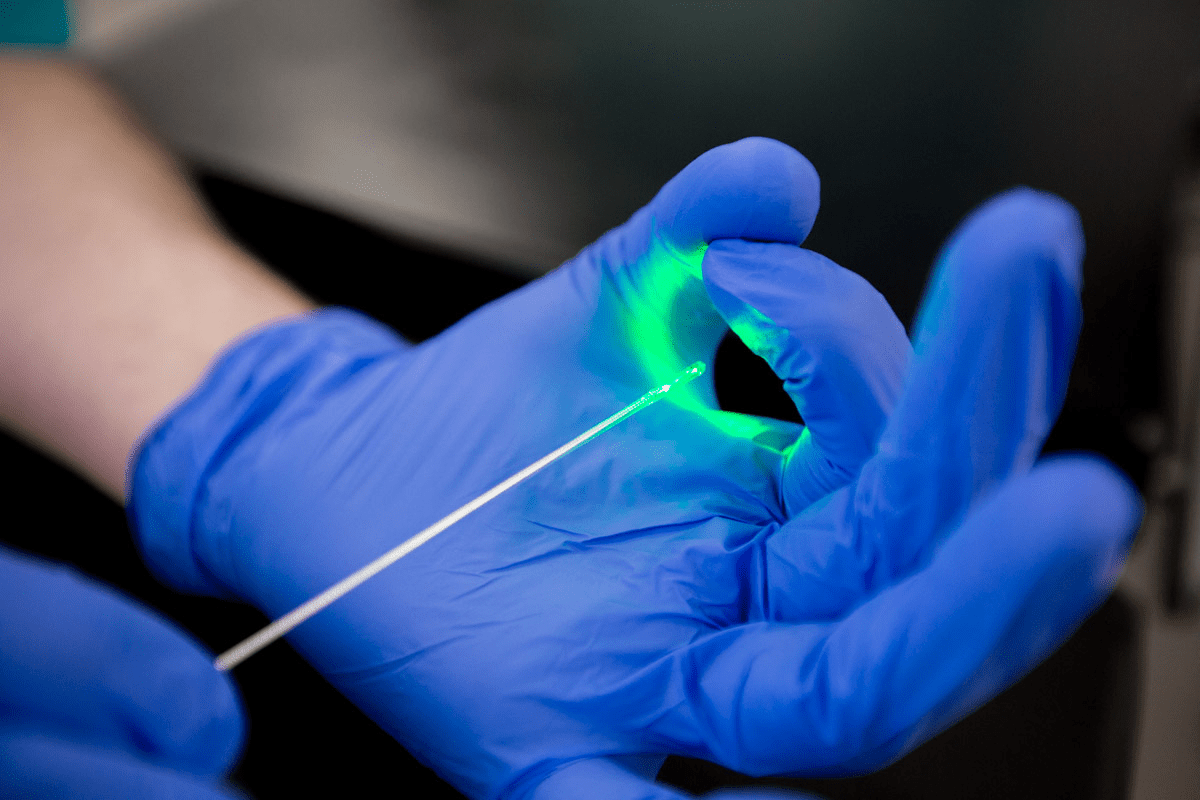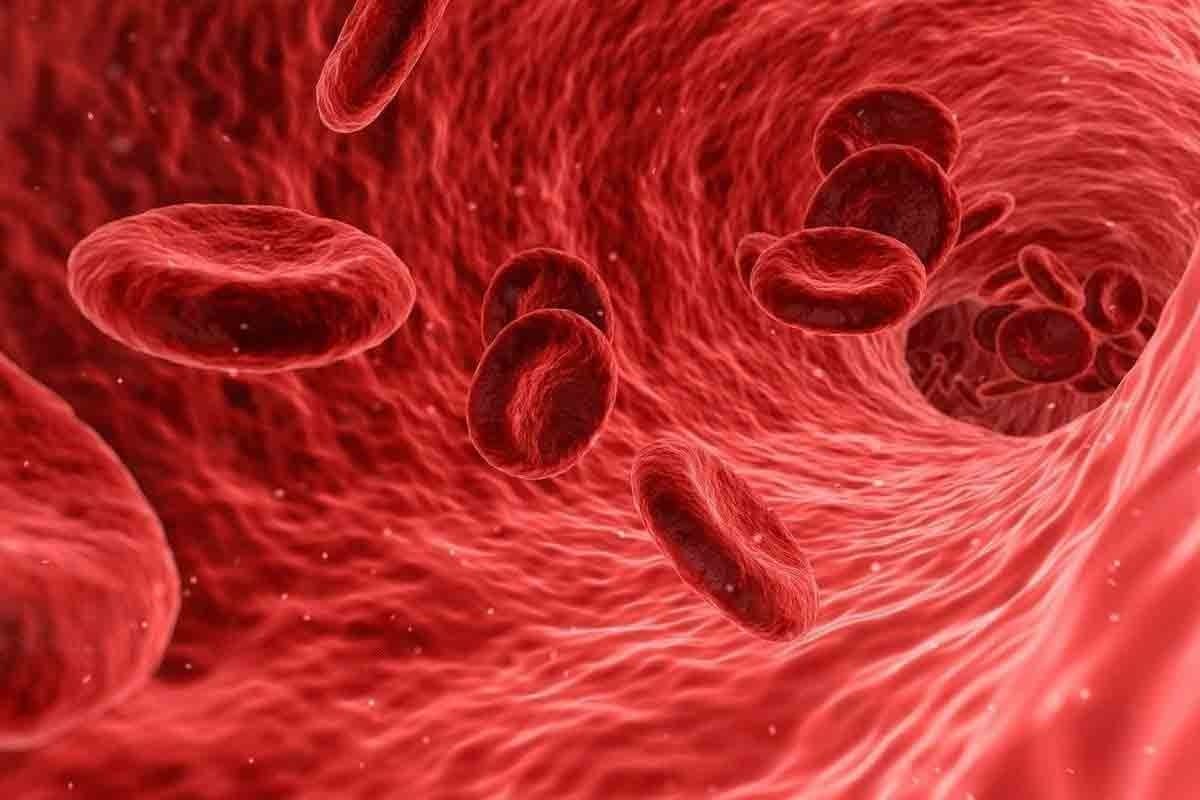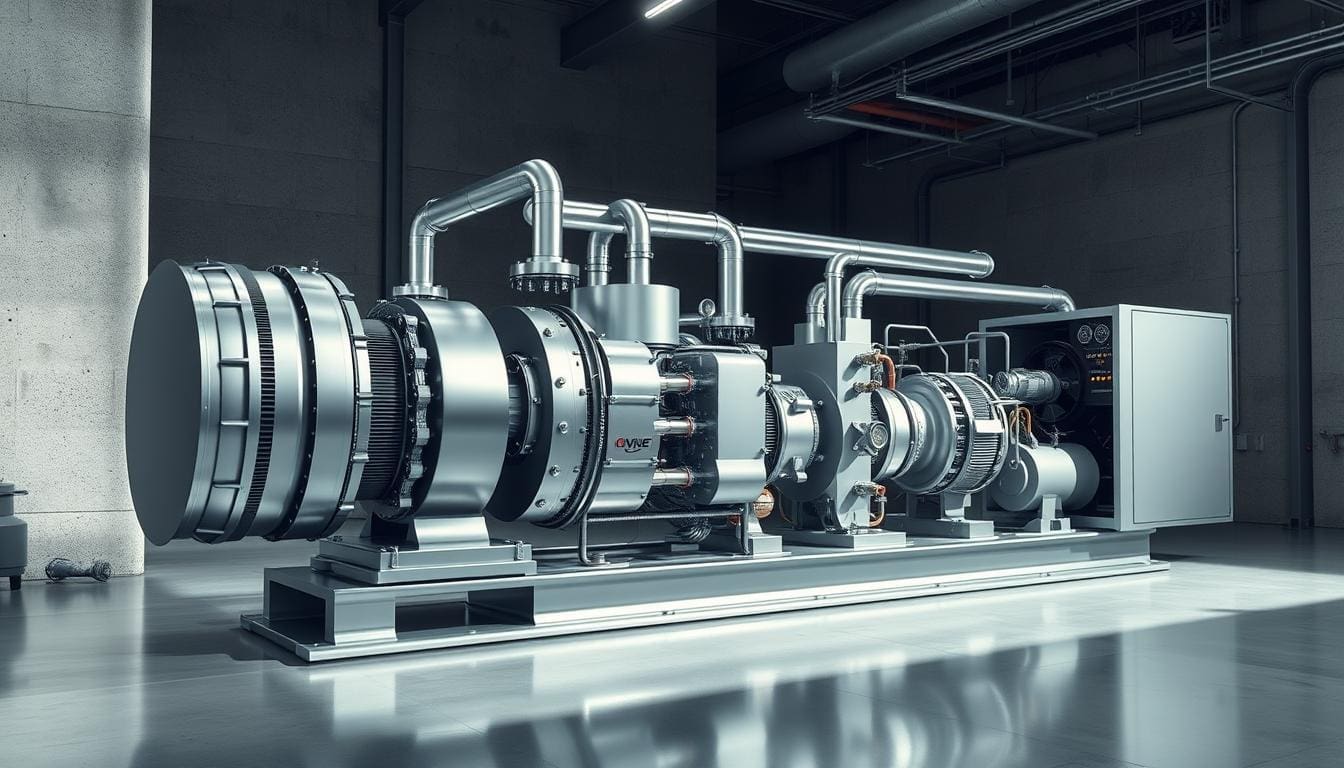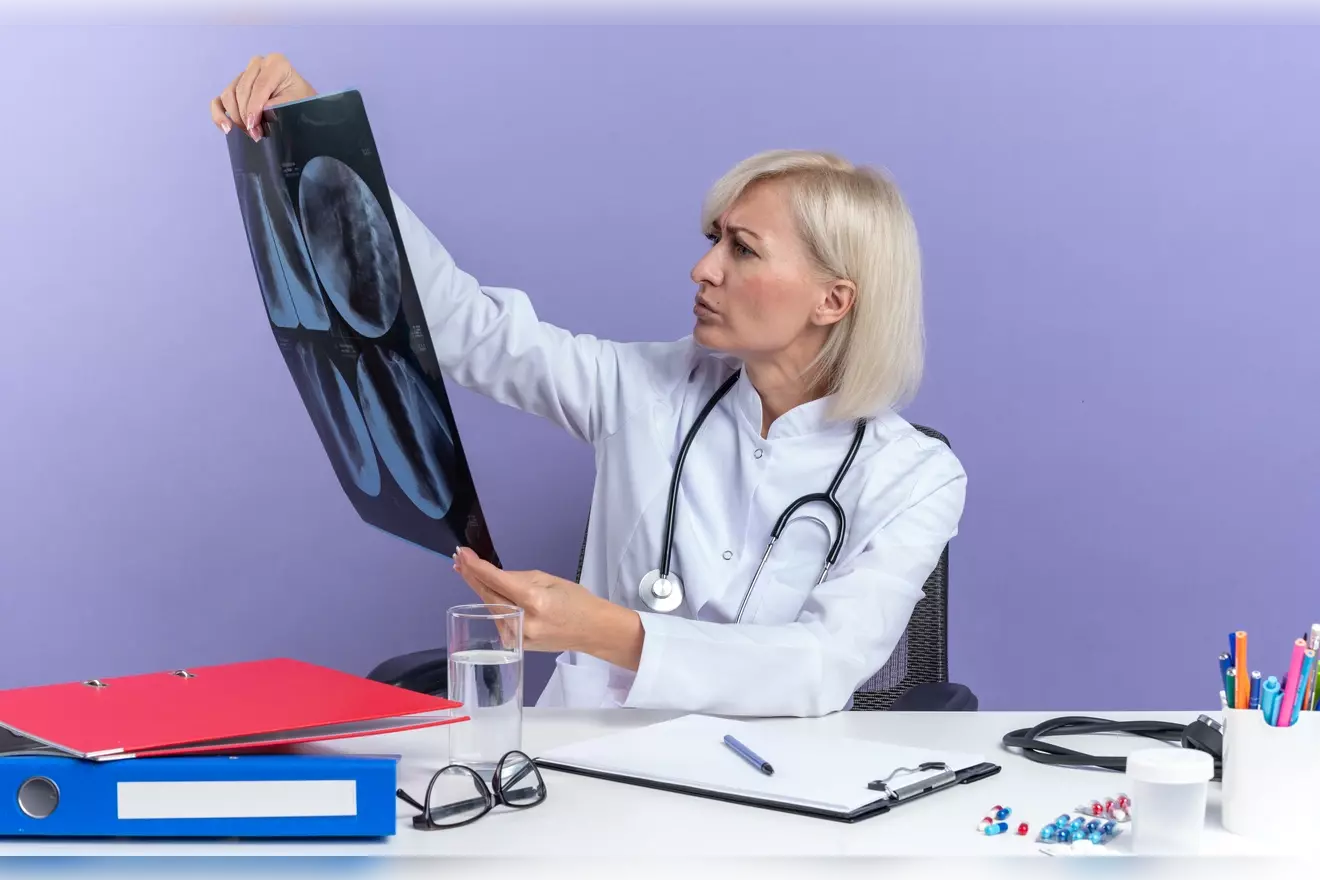Last Updated on November 27, 2025 by Bilal Hasdemir
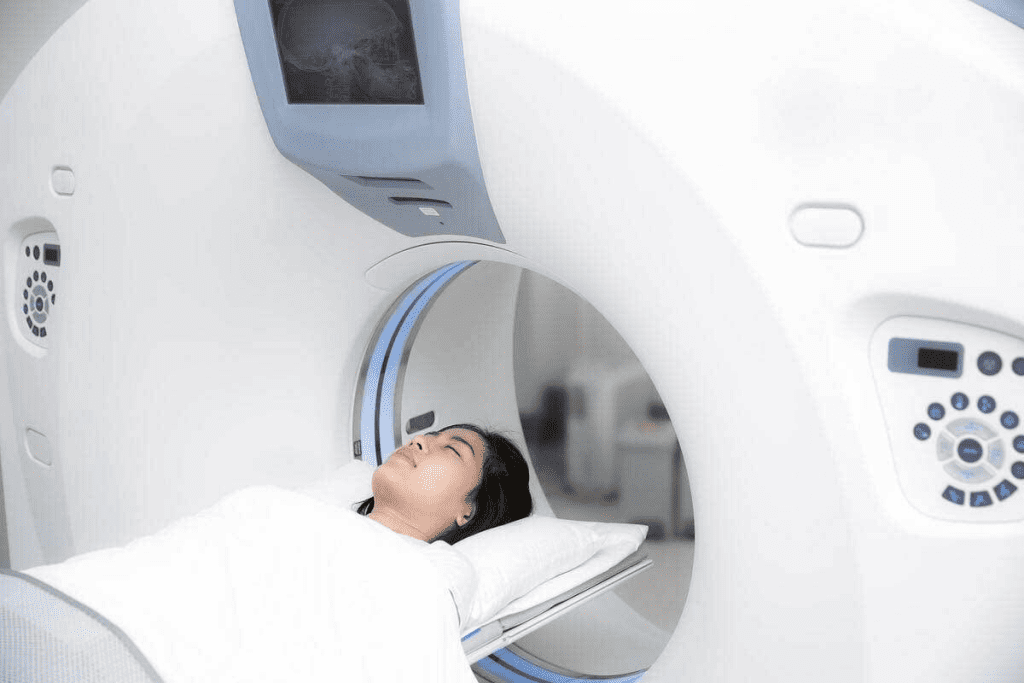
Understanding the difference between MRI and CT scans is key for your health. At Liv Hospital, we use the latest MRI and CT scans. This helps us give you accurate diagnoses and treatment plans. Many people wonder, is MRI and CT scan the same? The answer is no”MRI uses strong magnetic fields and radio waves to create detailed images of soft tissues, while CT scans use X-rays to provide quick, detailed images of bones and organs. Choosing the right scan depends on the condition being investigated and the area of the body.
MRI and CT scans are vital in modern medicine. But they work differently. MRI uses strong magnets and radio waves. CT scans, on the other hand, use X-rays to create detailed images of your body.
Key Takeaways
- Understand the technology behind MRI and CT scans
- Learn about the unique applications and benefits of each imaging technique
- Discover which imaging modality is more suitable for your medical needs
- Find out how Liv Hospital utilizes the latest technology in MRI and CT scans
- Get insights into the differences between MRI and CT scans
Understanding Medical Imaging Technologies
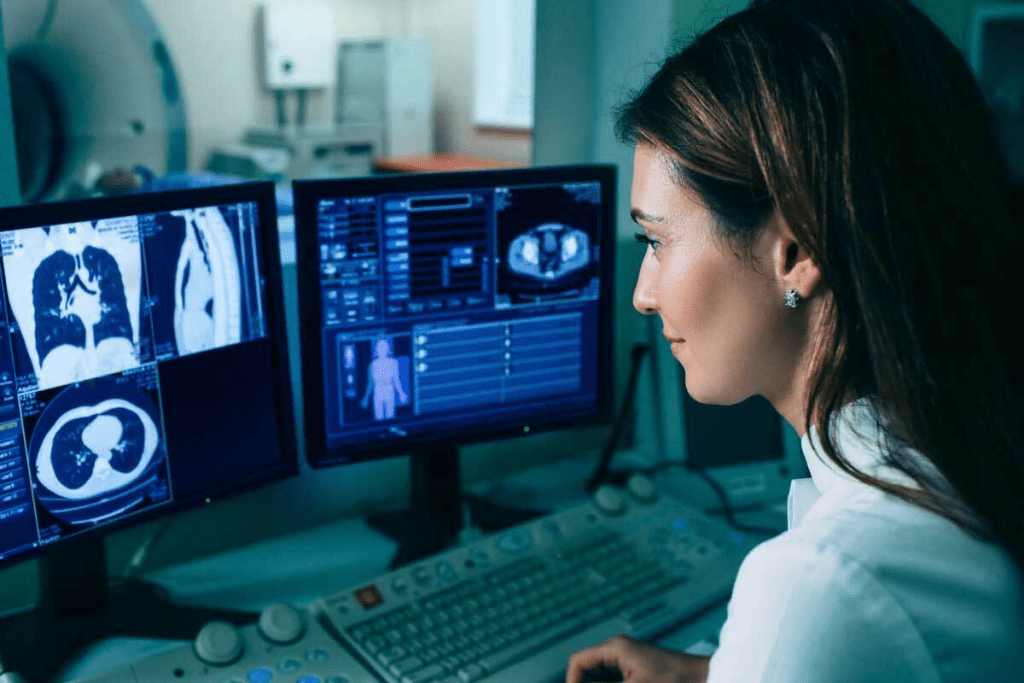
Diagnostic imaging is key in modern medicine. It lets doctors see inside the body and plan treatments. These technologies have changed healthcare, making diagnoses and treatments more precise.
The Role of Diagnostic Imaging in Modern Medicine
Diagnostic imaging has changed healthcare a lot. It lets doctors see inside the body without surgery. MRI and CT scans are now essential tools.
These tools help find diseases early, diagnose them accurately, and track treatment progress. This leads to better health outcomes for patients.
We use imaging to make treatment choices, avoid invasive procedures, and improve care. It helps doctors understand disease extent, plan treatments, and check if they work.
Evolution of Medical Imaging Techniques
Medical imaging has grown a lot over time. MRI technology now shows soft tissues in detail. CT scans quickly and accurately show complex structures.
As imaging tech gets better, we’ll see better images, more accurate diagnoses, and safer care. These advances will shape healthcare’s future, helping us give more tailored care to patients.
Is MRI and CT Scan the Same? Key Differences Explained
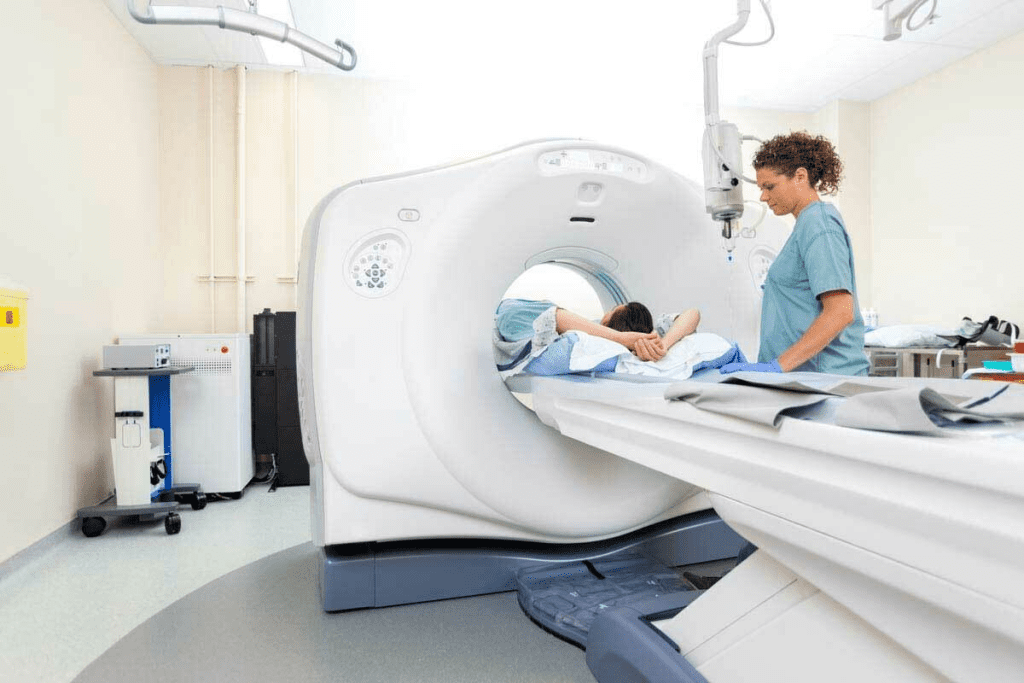
MRI and CT scans are both key in medical imaging but use different technologies. Knowing these differences helps us see their unique roles in health checks.
Basic Technological Differences
CT scans use X-rays to make images, while MRI scans use strong magnetic fields and radio waves. This big difference changes the kind of images and info they give.
Key Technological Differences:
- CT Scans: Make detailed images of bones and some soft tissues using X-rays.
- MRI Scans: Show soft tissues, tendons, and ligaments better with magnetic fields and radio waves.
Image Production Process Comparison
How MRI and CT scans make images is also different. CT scans rotate X-rays around the body to capture data for images. MRI machines use magnetic fields and radio waves to create signals for images.
Comparison of Image Production Processes:
- CT Scan Process: Uses X-rays and algorithms to make images.
- MRI Process: Creates detailed images of soft tissues with magnetic fields and radio waves.
How CT Scans Work: Technology and Process
CT scans use X-rays and computer algorithms to create detailed images. This technology helps us see inside the body. It aids in diagnosing and treating many health issues.
X-ray Technology Behind CT Imaging
CT scans use X-rays to see inside the body. X-rays are a form of electromagnetic radiation that can pass through soft tissues but are blocked by denser materials like bone. This lets CT scans show bones, organs, and other internal structures clearly.
An X-ray machine sends X-rays through the body. Sensors detect these X-rays and send the data to a computer. The computer then turns this data into detailed cross-sectional images.
The CT Scanning Procedure
The CT scanning process is simple and fast. Patients lie on a table that moves into a scanning ring. The ring rotates around them, capturing X-ray images from different angles.
Here’s how the CT scanning process works:
- The patient is positioned on the CT scan table.
- The table slides into the CT scanner, a large, doughnut-shaped machine.
- The CT scanner rotates around the patient, capturing X-ray images.
- The captured images are reconstructed into detailed cross-sectional images by the computer.
CT scans are great in emergencies because they are quick and show clear images of important areas.
| Procedure Step | Description | Time |
| Preparation | Patient preparation, including removing metal objects | 5-10 minutes |
| Scanning | Actual scanning process | 1-5 minutes |
| Image Reconstruction | Computer processing of captured images | 2-10 minutes |
The CT scanning procedure is a powerful tool for diagnosing and treating many health conditions. It provides valuable insights into the body’s internal structures.
How MRI Works: Technology and Process
Magnetic Resonance Imaging (MRI) is a cutting-edge medical imaging method. It uses strong magnetic fields and radio waves to show the body’s inside parts. This technology helps us get detailed images for accurate diagnosis and treatment.
Magnetic Fields and Radio Waves in MRI
The MRI machine creates a powerful magnetic field. This field aligns the hydrogen atoms in our bodies. Then, it uses radio waves to change these atoms, creating signals.
These signals are what help make detailed images of our body’s inside. The use of magnetic fields and radio waves makes MRI safer than other imaging methods. It doesn’t use harmful ionizing radiation.
The MRI Scanning Procedure
The scanning process starts with lying on a table that slides into a big scanner. It can take 20 to 90 minutes, depending on the scan’s complexity. The MRI machine captures detailed images of our body’s inside during this time.
Patients must stay very quiet and not move during the scan. The MRI technologist will guide you and make sure you’re comfortable.
After the scan, a radiologist reviews the images. They then give a diagnosis to the patient’s doctor. This helps in creating a treatment plan.
Image Quality and Detail: The Difference Between a CAT Scan and MRI
Choosing between CT scans and MRIs depends on the detail needed for a diagnosis. Each technology has its own strengths for different medical exams.
What CT Scans Excel at Visualizing
CT scans are great at showing bones, some organs, and soft tissues. They give clear images of internal injuries like bleeding or fractures. This makes them very useful in emergencies.
Key advantages of CT scans include:
- Quick scanning time, which is critical in emergency situations.
- Excellent for imaging bones and detecting internal injuries.
- Effective for guiding biopsies and certain treatments.
In trauma cases, a CT scan quickly shows internal injuries. This helps doctors make fast treatment decisions.
What MRIs Excel at Visualizing
MRIs, on the other hand, are better at showing soft tissues, tendons, and ligaments. They are best for checking the brain, spinal cord, and joints, and for some cancers.
The benefits of MRI include:
- High-resolution images of soft tissues.
- Ability to detect issues in the brain, spinal cord, and joints.
- Useful for monitoring the progression of certain diseases.
For example, MRI is used to diagnose conditions like multiple sclerosis. It also checks injuries to ligaments and tendons.
To show the difference in image quality, let’s compare CT scans and MRIs:
| Imaging Technology | Bones and Internal Injuries | Soft Tissues and Detailed Structures |
| CT Scan | Excellent | Good |
| MRI | Good | Excellent |
In summary, CT scans and MRIs are both important for diagnosis but serve different needs. Knowing their differences helps choose the right imaging for a patient’s condition.
Clinical Applications: When to Use CT vs MRI
Knowing when to use CT scans versus MRIs is key for accurate diagnosis and treatment planning. Each imaging method has its own strengths, suited for different clinical needs.
Common Uses for CT Scans
CT scans are often used in emergencies because they are fast and show bones, soft tissues, and blood vessels clearly. They’re great for spotting:
- Trauma injuries
- Internal bleeding
- Tumors
- Certain infections
CT scans are the top pick for quick and precise imaging, which is vital in urgent care situations.
Common Uses for MRI Scans
MRI scans are best for detailed soft tissue imaging. They’re perfect for checking the:
- Brain
- Spinal cord
- Joints
- Internal organs
MRI’s high-resolution soft tissue images are essential for spotting complex conditions that CT scans might miss.
Healthcare providers can make better choices by knowing the strengths of each imaging method. This leads to better care for patients.
Time Considerations and Emergency Use
In medical emergencies, time is very important. The speed of diagnostic imaging is key. Choosing between CT scans and MRI procedures can greatly affect patient care.
Speed of CT vs MRI Procedures
CT scans are quicker than MRI procedures. A CT scan usually takes just a few minutes. On the other hand, an MRI can take from 15 to 90 minutes, depending on the scan’s complexity.
This big difference in time makes CT scans the top choice in emergencies. They are fast, which is vital when every second matters.
CT scans are great for quickly checking for things like internal bleeding, fractures, and strokes. This speed is essential in emergency care, where fast action can save lives.
Imaging Choice in Emergency Situations
In emergencies, picking between CT and MRI depends on speed. MRI gives detailed images of soft tissues but takes longer. CT scans are usually the first choice for quick checks in trauma or acute injuries because they are fast and cover a wide range of body parts.
But, MRI might be better in some emergency cases, like when detailed brain or spinal cord images are needed. The right choice depends on the patient’s situation and needs.
Medical emergencies need fast and accurate imaging. By picking the right imaging method, doctors can give the best care and improve patient outcomes.
Safety Considerations and Radiation Exposure
It’s important for patients and doctors to know about the safety of CT scans and MRIs. Both have their own safety issues. These need to be looked at to keep patients safe.
Radiation Risks with CT Scans
CT scans use ionizing radiation, which can cause harm. This is a big worry for kids and people who need many scans. The risk of radiation exposure should be carefully considered, even if other imaging options are available. For more info, check out this blog.
- Radiation Exposure: CT scans use X-rays, exposing patients to ionizing radiation.
- Cumulative Risk: The risk of harm from radiation grows with each scan.
- Alternative Options: MRI or ultrasound might be safer choices to avoid radiation.
Safety Concerns with MRI
MRIs don’t use ionizing radiation but have their own safety issues. The strong magnetic fields can harm some implants, like pacemakers. Also, the MRI machine’s small space can make some people feel anxious or claustrophobic.
- Magnetic Field Interactions: People with metal implants or devices are at risk from the magnetic fields.
- Claustrophobia: The MRI machine’s tight space can cause anxiety or claustrophobia.
- Gadolinium Contrast: Some patients might react badly to the contrast agent (gadolinium) used in MRI scans.
Doctors can make better choices about imaging by knowing these safety points. They balance what’s needed for diagnosis with keeping patients safe.
Patient Eligibility and Contraindications
Some medical conditions and implants can make MRI or CT scans not possible. It’s key to know these factors. We look at implants, medical conditions, and allergies when checking if a patient can have a scan.
Who Cannot Undergo an MRI
MRI scans are not safe for people with certain metal implants. This is because the strong magnetic field can mess with these devices. The
“American College of Radiology says some implants and conditions mean you can’t have an MRI.”
Also, those with claustrophobia might struggle with MRI scans. This is because the scanner is closed in.
Common reasons you can’t have an MRI include:
- Pacemakers and other implanted cardioverter-defibrillators
- Certain metal implants, like aneurysm clips or cochlear implants
- Claustrophobia
Limitations for CT Scan Candidates
CT scans use X-rays and contrast agents. These can be risky for some people. Pregnant women, for example, should avoid CT scans unless really needed. Also, those with allergies or kidney disease might face risks from contrast agents.
Important limits for CT scans are:
- Pregnancy
- Allergies to contrast agents
- Kidney disease
Knowing these limits helps doctors choose the best imaging for each patient. This ensures safe and effective tests.
Cost and Accessibility Factors
It’s important to know the cost and how easy it is to get CT scans and MRIs. Patients and doctors need to think about more than just how well these tests work. They must also think about how much they cost and how easy they are to get.
Comparing Costs of CT and MRI
The price of CT scans and MRIs can change a lot. This depends on who does the test, where it’s done, and what it’s for. CT scans are usually cheaper, costing between $200 and $1,000. MRIs can cost more, from $400 to $3,500 or more.
| Diagnostic Test | Average Cost Range | Factors Influencing Cost |
| CT Scan | $200 – $1,000 | Facility fees, radiologist fees, contrast materials |
| MRI | $400 – $3,500 | Machinery costs, radiologist fees, contrast materials, scan complexity |
Prices can also change based on where the test is done. Tests done in hospitals are usually more expensive than those done in outpatient centers.
Availability and Access Considerations
How easy it is to get a CT scan or MRI is also key. CT scans are more common, fast, and cheaper. They’re great for quick checks. MRIs, though, are better for detailed images that CT scans can’t give.
Where you live can also affect your access to these tests. Rural areas often have fewer options than cities. Insurance and healthcare systems also play a big part in who can get these tests.
Figuring out these details can be tough. But by looking at both cost and access, we can make better choices. This helps meet our health needs while keeping costs and logistics in mind.
How Doctors Choose Between MRI and CT Scans
Doctors must carefully choose between MRI and CT scans based on the patient’s condition. They consider many factors to pick the best test for each patient. This ensures patients get the right care for their needs.
Medical Decision-Making Process
The choice between MRI and CT scans depends on the patient’s situation. Medical imaging is key in modern medicine. It helps doctors see inside the body clearly.
They look at the condition, the need for soft tissue detail, and how urgent the diagnosis is. CT scans are fast and good for emergencies. MRI scans are better for soft tissues, like the brain and joints.
Patient-Specific Considerations
Each patient’s situation is unique. Doctors consider their medical history and any issues with certain scans. For example, some patients can’t have MRI scans because of metal implants.They also think about the patient’s health and any risks from the test.
Doctors make smart choices based on these factors. This way, patients get the best care for their condition.
Conclusion: Making Sense of Medical Imaging Options
It’s important to know the difference between MRI and CT scans. At Liv Hospital, we help patients choose the best imaging test for them. This choice depends on each patient’s unique needs.
Both MRI and CT scans are useful for different things. MRI scans are great for seeing soft tissue injuries. On the other hand, CT scans are better for finding bone fractures and internal injuries. Healthcare providers consider many factors to pick the right test.
We aim to give top-notch diagnostic services to our patients. Our team works closely with patients to ensure they get the best care. By picking the right imaging test, we can make accurate diagnoses and effective treatment plans. This helps improve patient outcomes.
FAQ
What is the main difference between an MRI and a CT scan?
MRI scans use strong magnetic fields and radio waves. CT scans use X-ray technology.
Are CT scans and MRIs used for the same diagnostic purposes?
No, they are not the same. CT scans are good for bones and some soft tissues. MRIs are better for soft tissues, tendons, and ligaments.
How long do CT scans and MRI procedures typically take?
CT scans are quick, taking just a few minutes. MRI scans can take longer, from 20 to 90 minutes.
Is there a difference in radiation exposure between CT scans and MRIs?
Yes, CT scans use ionizing radiation. MRIs do not, making MRIs safer.
Can anyone undergo an MRI or CT scan?
No, some people can’t have them. MRI is not safe for those with metal implants or claustrophobia. CT scans are not safe for pregnant women or those with certain allergies or kidney disease.
How do healthcare providers decide between using a CT scan or an MRI?
They decide based on the situation. They consider the condition, what’s needed, and the patient’s health.
Are CT scans or MRIs more expensive?
CT scans are usually cheaper. But prices can change based on the provider, location, and needs.
What are the common uses for CT scans?
CT scans are used in emergencies. They show bones and soft tissues clearly. They help diagnose tumors, bleeding, and infections.
What are the common uses for MRI scans?
MRIs are best for soft tissues. They’re great for the brain, spinal cord, and joints.
Can MRI and CT scans be used together for diagnosis?
Yes, sometimes both are used. They give a full picture of a patient’s condition.
References
Functional Imaging: CT and MRI. (n.d.). PMC (PubMed Central). https://pmc.ncbi.nlm.nih.gov/articles/PMC2435287/


